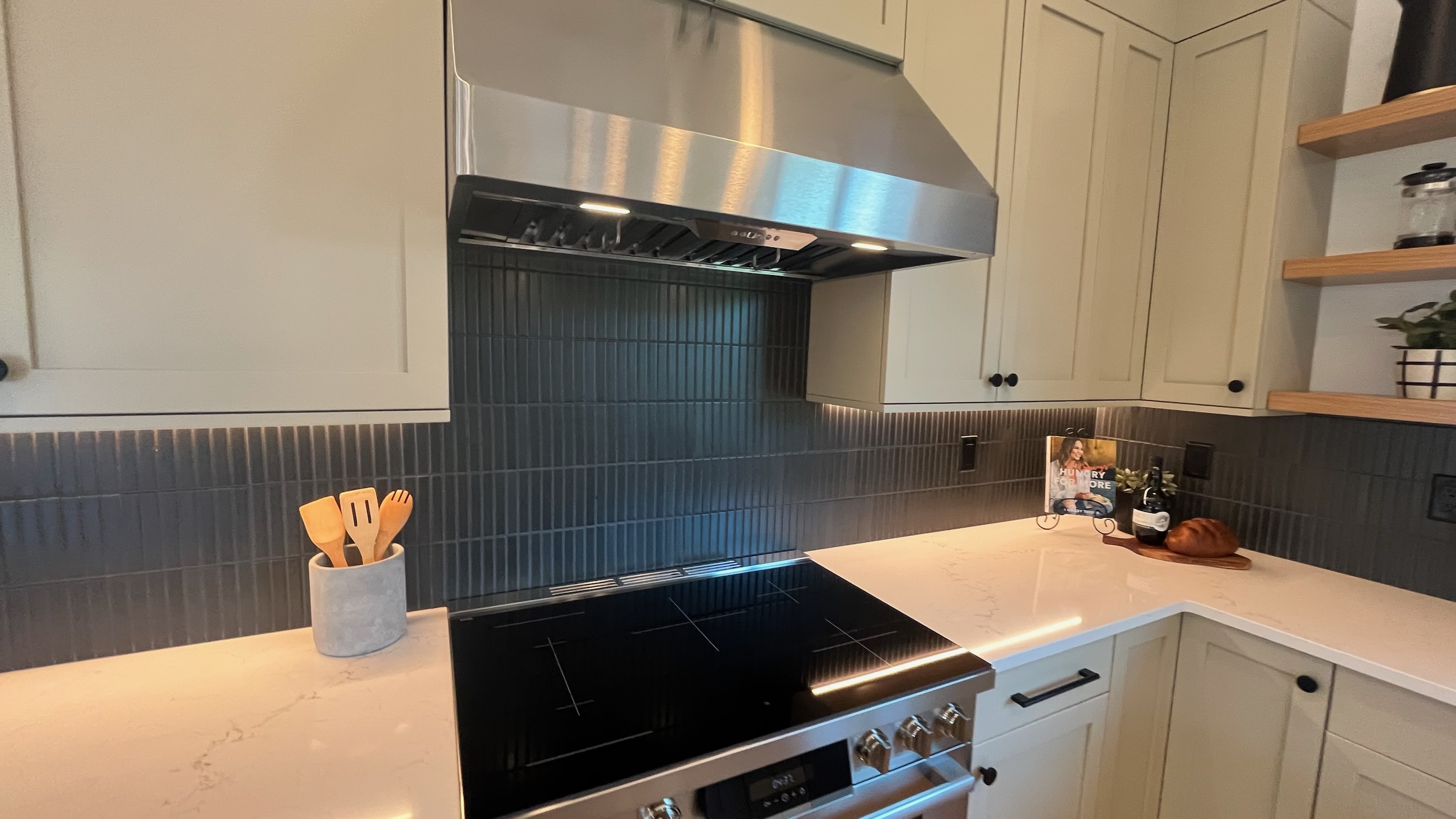Seattle homeowners ask this a lot right now: if I remodel the kitchen in 2025, what do I actually get back? Short answer – you usually recoup a good chunk, not the whole check. Return isn't just about pretty finishes; it depends on the house's bones, utilities, and location. If your panel is maxed out, the drain lines are tired, or you're on a busy street, the ROI curve looks different than a move-in-ready craftsman on a quiet block. Let's keep it practical and current for Seattle today.
Kitchen remodel ROI in Seattle – September 2025 snapshot

Typical averages we're using for planning (ballpark ranges, not promises):
- Minor refresh – paint, hardware, lighting swaps, modest counters, no layout changes: ~65–85% recoup on resale.
- Mid-range pull-and-replace – semi-custom cabinets, quartz, tile splash, better lighting plan, same footprint: ~55–70% recoup.
- Major gut & reconfigure – move walls or utilities, custom cabinetry, pro appliances, structural work: ~45–60% recoup.
Those bands shift with neighborhood comps, house condition, and how clean the design/execution is. The more you spend doesn't always return – upscale showpiece choices can look amazing but often lower percentage ROI, especially if they overshoot the area.
What actually pushes ROI up (or down)
- House condition & utilities – Money poured into invisible fixes (panel upgrades, new circuits, venting to exterior, replacing galvanized) is necessary and helps inspections go smooth, but buyers don't assign the same dollar value as they do to what they can see. You still need to do it – just don't expect dollar-for-dollar on those line items.
- Location & comps – ROI tracks the ceiling of nearby sales. A $160k kitchen in a neighborhood where renovated homes top out modestly won't return like the same scope in a higher-priced pocket. Condos have different ceilings than single-family too.
- Layout and function – Widening a choke point, adding drawers over doors, proper work triangle, real ventilation – these boost buyer appeal more than a rare stone slab. Function earns return.
- Finish-level targeting – Aim for clean, durable, cohesive rather than exotic. Seamless lighting, quality hinges, quartz, and a tidy tile splash carry better ROI than panel-ready luxury packages that only a fraction of buyers value.
- Permit cleanliness – Inspected, permitted work sells with fewer credits or price chips. Unpermitted changes can kill ROI fast at inspection time.
- Timing & lead times – Cabinet lead times have stabilized in 2025 but still run 4–8 weeks depending on the line. Plan early to avoid costly out-of-sequence work.
Smart-spend plan for ROI in 2025
- Keep the footprint when you can. Moving sink/range drains the budget. Save those dollars for cabinets, lighting, and counters that buyers notice.
- Cabinet strategy. Semi-custom plywood boxes with full-extension drawers beat cheap particleboard – lasts longer and feels better at showings. Custom only where it solves a real fit problem.
- Counters that photograph well. Mid-tone quartz with simple edges reads clean online and in person. Slab splash is gorgeous but rarely returns proportionally.
- Lighting is ROI. General + under-cabinet task + a couple accents. Bright, not harsh. People feel good in the space – they bid stronger.
- Vent outside. Recirc hoods hurt inspection notes and cooking comfort. A quiet, ducted unit is a small spend with outsized daily value.
- Appliances: be honest. Reliable mid-range packages support ROI better than a single splurge piece that forces design compromises elsewhere.
Quick numbers to frame expectations
- $40k refresh/pull-and-replace at ~70%: rough return $28k.
- $80k mid-range at ~60%: rough return $48k.
- $140k major rework at ~50%: rough return $70k.
Those are planning averages – your actual return depends on the house's current condition, utility upgrades required, and location comps. If $25k of that $140k went into electrical service, subfloor leveling, and duct reroutes, you improved safety and pass-inspection odds, but resale will still "see" the cabinets, tops, and lighting first.
When spending more doesn't return
- Ultra-custom everywhere in a mid-priced area – beautiful, but it narrows your buyer pool.
- Niche finishes that don't match the home's architecture. Buyers mentally price in "the redo".
- Over-sizing appliances without a bigger plan. A 36-inch pro range jammed into a galley can read awkward, not luxury.
- Skipping the basics (venting, GFCI, lighting counts) while chasing statement materials – inspectors and appraisers won't love it.
How to protect ROI before you start
- Pull 3–5 local comps with kitchen photos. Match finish level to what actually sold near you in the last few months.
- Walk your utilities with the contractor – panel capacity, vent route, supply/drain health. Flag hidden costs early.
- Set scope bands (refresh vs mid vs major) and stick to one. Scope creep eats ROI.
- Decide appliances first so rough-ins don't move twice.
- Order long-lead items early to avoid out-of-sequence installs and rushed decisions.
For straight guidance and a plan that fits your house and zip code, see our Seattle kitchen remodel page. We'll look at your layout, utilities, and local comps, then show you which scope makes financial sense – not just the shiny one.
Need help? Contact us for a free estimate. We'll price it clean, explain the trade-offs, and build it the way we said we would.
